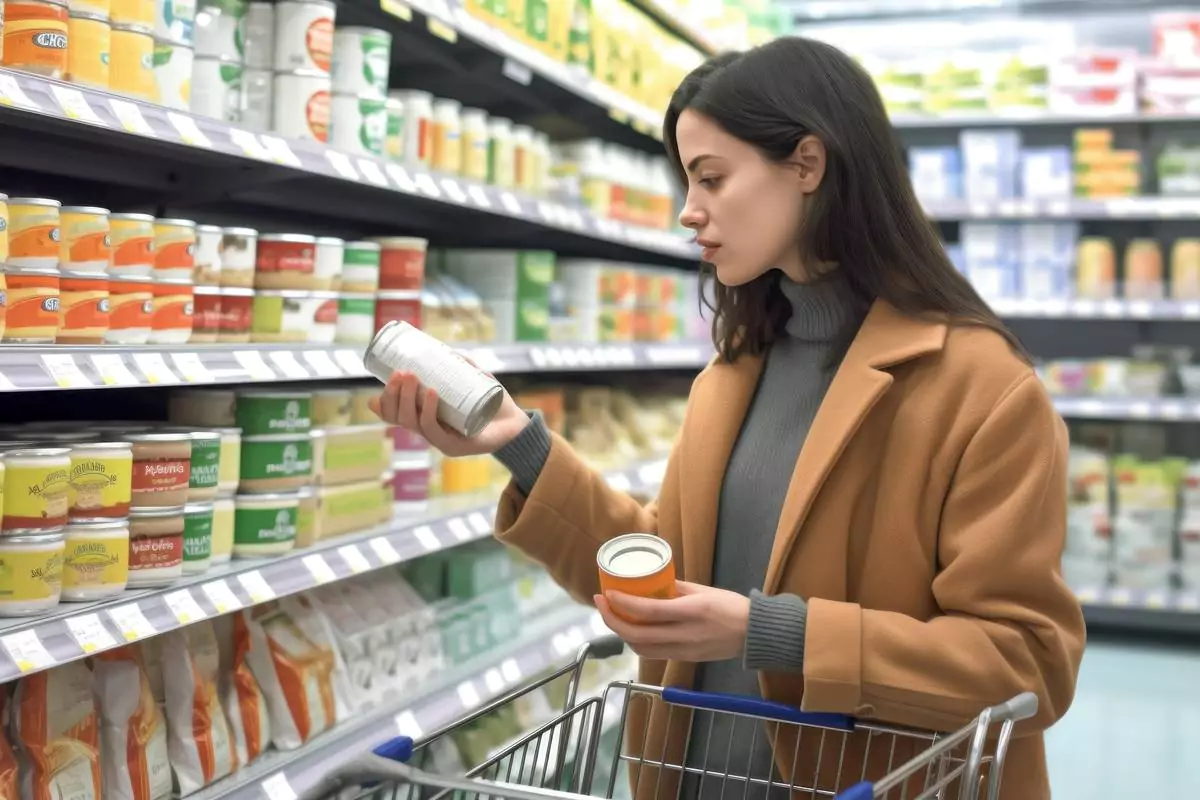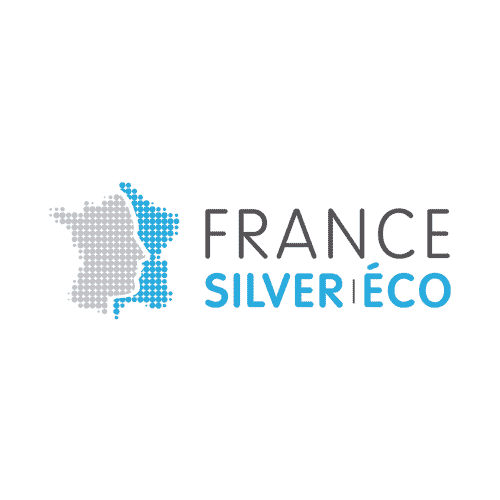
Clean label
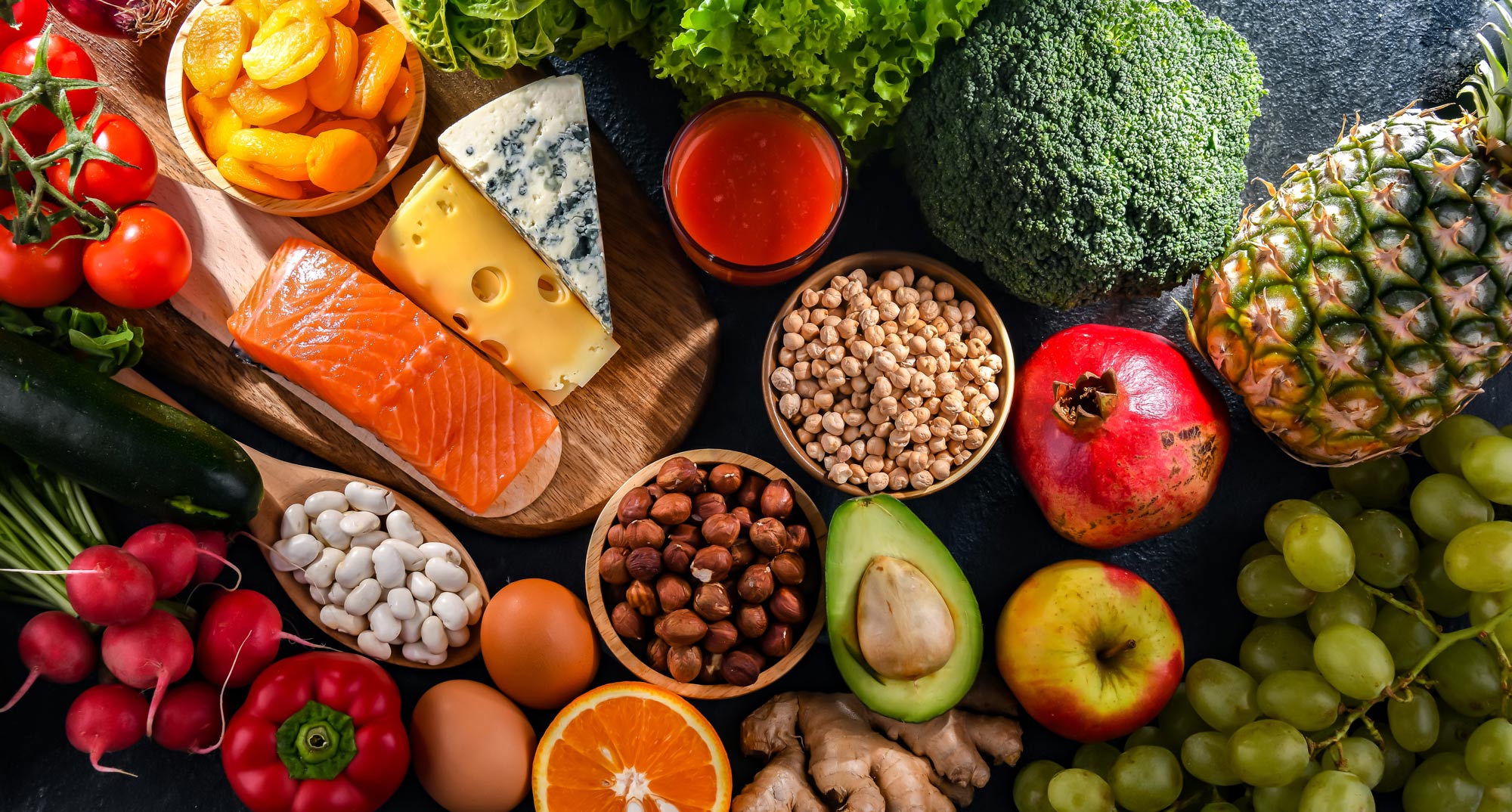
Enhance the value of your products and boost consumer confidence
Our specialized team supports food manufacturers in their challenges related to product innovation, whether in terms of formulation, sourcing of ingredients or product positioning, in order to meet changing consumer expectations such as clean label.
They trust us

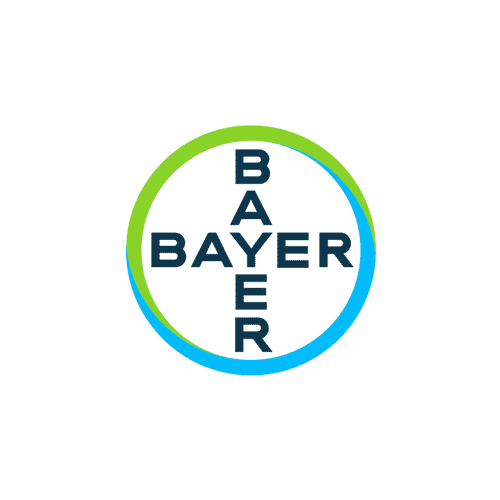
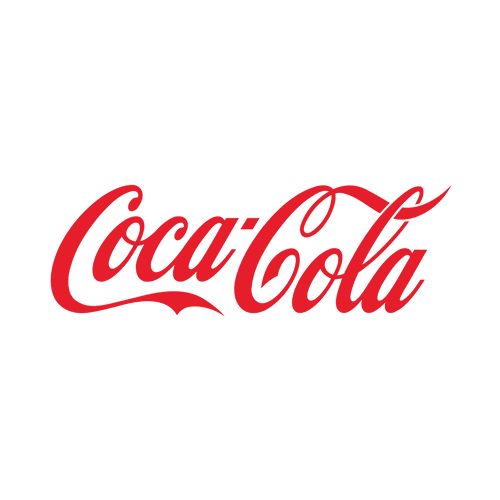
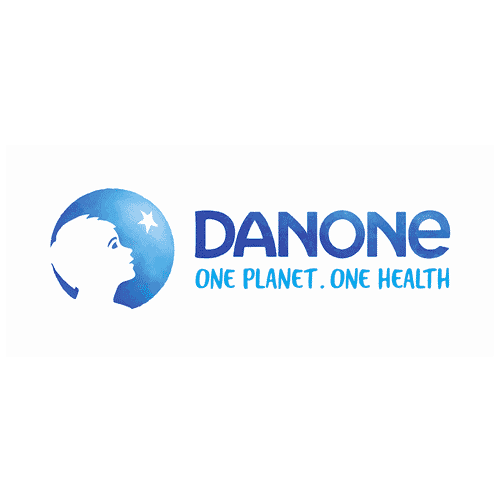
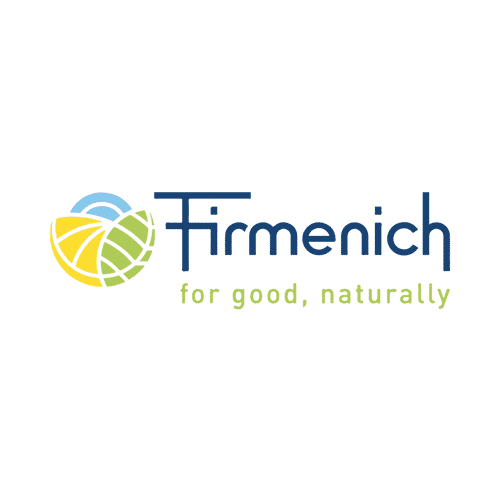
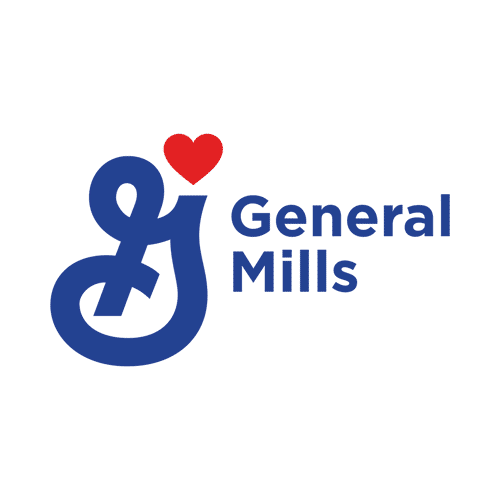
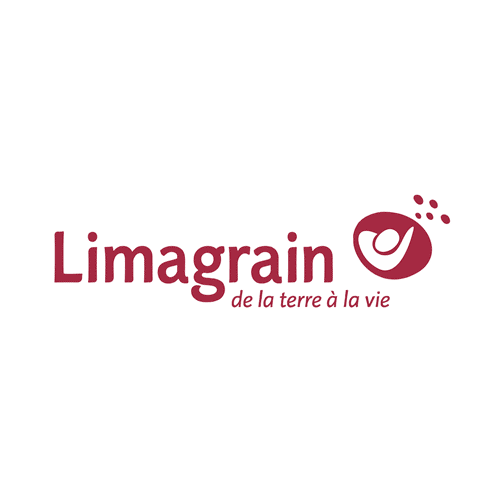
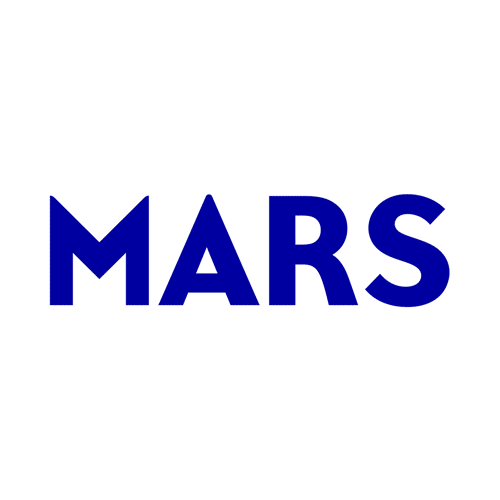
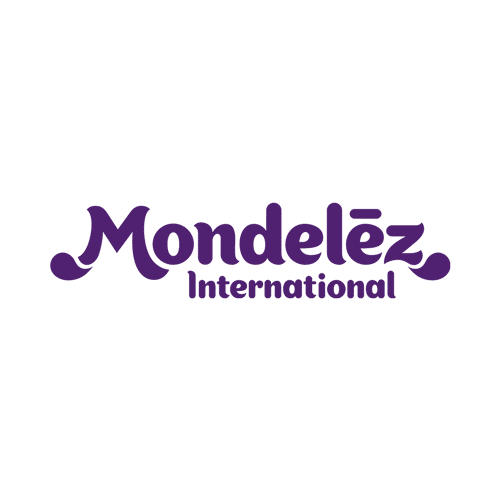
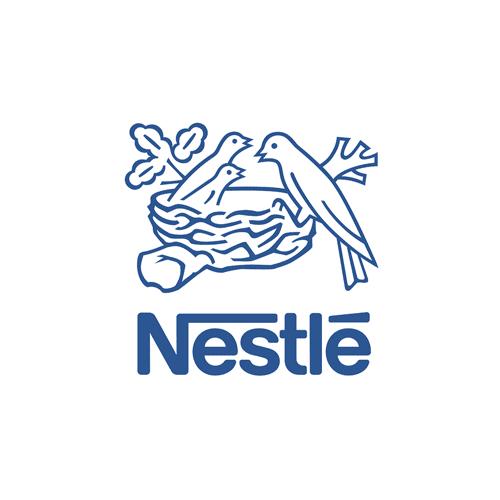
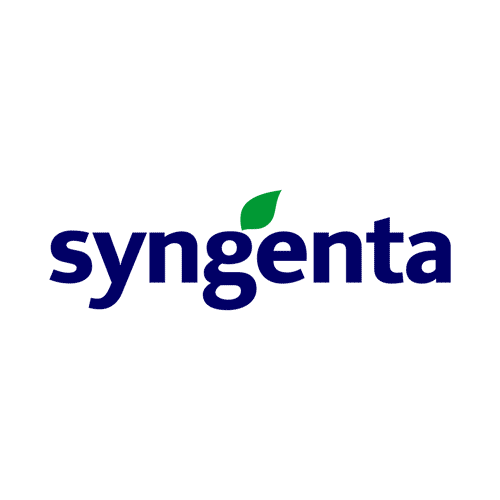
The challenges related to clean label in food industry
During the post-war boom years, agri-food industry players developed products to meet mass consumption trends: product accessibility, extended shelf life, standardized quality levels and so on, by formulating products with more and more varied ingredients.
Today, consumers are asking for products that are considered healthier and better for the environment because they are less “formulated”, and they want to understand what is on their plate, thus pushing manufacturers to rethink their approaches. This clean label trend and the resulting product reformulation strategy brings many challenges:
Indeed, although many natural food components exist, they can only very rarely replace their artificial equivalent on a “one for one” basis. R&D efforts are therefore necessary to develop natural food ingredients to replace the “e-number” (plant and fruit extracts, natural antioxidants, enzymes, etc.), which can provide the desired functionalities.
What are the clean label food components of tomorrow? What R&D approaches should be put in place to reformulate food products?
The development of new recipes is generally very complex, in order to produce similar products, meeting the standards of shelf life, flavors, texture, color etc. that consumers are used to and expect. Indeed, natural food ingredients, if they provide the expected functionalities, can also create taste or color problems in finished products. In addition, new processes often have to be put in place, as clean label food components do not react in the same way to the cooking, extrusion processes, etc. used today.
What process innovations are needed to develop clean label food products? What are the properties and functionalities expected by consumers?
While several B2B players offer clean label products, difficulties may arise for some more exotic ingredients due to the volumes required for large-scale production. As the clean label is intended to reach the entire production chain, industrial players also have to rethink the organization of local or national sectors for their raw materials.
Who are the suppliers best equipped to offer the best natural ingredients? How to rethink sourcing strategies and short circuits?
Finally, these new approaches also usually have an additional cost. Balances must be found to remove some artificial food ingredients while maintaining an acceptable price range for the end consumer. Transparency and valorization of the clean label approach are therefore essential so that the premium sometimes requested is accepted by the consumer. Communication is therefore a key element of these new approaches. As the clean label is not legally framed, it is essential that industrial players educate people so that consumers have confidence in these new products. This discussion should also make it possible to strengthen the acceptability of natural products that may have shorter shelf lives, or even greater variability in color, taste, etc.
How to promote your clean label products? What communication strategies allow for differentiation?
How we support you in your projects related to clean label in food industry
Since the emergence of the clean label trend, Alcimed has supported its clients in meeting their many challenges. We have carried out projects with various stakeholders, such as:
- B2C players in the food and pet food sectors
- Ingredient suppliers
- Upstream agricultural stakeholders (suppliers of raw materials, technical institutes, cooperatives)
The diversity of our clients (industrial players, research centers, etc.), the geographical fields we explore, and the types of projects we carry out, give us a global in-depth understanding of the challenges addressed in the clean label field, from industrial challenges to technological advances and consumer trends.
Examples of recent projects carried out for our clients in clean label in food industry
Global competitive benchmark of clean label strategies for an industrial player in the agri-food sector
One of our clients, an industrial player in the agri-food sector, wanted to assess and develop its clean label strategy. To do this, we have supported it by benchmarking the strategies and actions of its competitors.
First, we defined the contours of the clean label, in order to establish a common definition that can serve as a framework. Then, we studied the actions of companies from various sectors: drinks, snacking, dairy products, infant nutrition etc. and carried out this benchmark on several geographies (Europe, North America, Latin America, Asia, Africa), in order to understand what the regional specific features could be.
We were thus able to establish recommendations for our client on product strategies (which have an impact on formulations) and communication strategies towards the public and the stakeholders of the value chain.
Assessment of the market opportunity for natural preservatives in a clean label approach for an ingredient supplier
Our client, an ingredient supplier, wanted to assess the opportunity of an offer of natural preservatives.
To do this, we carried out an investigation with agri-food industrial players, users of ingredients, on the segments of dairy products, meat, ready meals, fruits and vegetables, infant nutrition, drinks, condiments, bakery products and animal feed. We were thus able to identify the current practices, the innovation strategies towards clean label products and their main difficulties, as well as the receptivity to the “natural preservatives” offer from our client.
In the end, we were able to guide our client in developing a go-to-market strategy for its natural food preservatives in order to become a key player in the clean label.
Identification of clean label ingredients for an industrial player in the beverage sector
As part of its clean label strategy, our client wanted to reformulate some of its food products and wanted to use natural extracts for its new recipes.
We thus helped him identify the natural extracts of interest by first carrying out an overview of ingredients having in particular antimicrobial and antifungal properties. Then, we characterized the identified natural extracts to isolate the most promising solutions.
On this basis, we finally built recommendations for our client’s future food products, including the establishment of partnerships with suppliers of natural extracts of interest.
Scouting of new ingredients and potential partners as part of a clean label approach
Given the “clean label” trend, one of our clients in the agri-food sector was faced with a growing demand for natural food ingredients from its consumers and called on our team to better understand the alternative solutions to synthetic emulsifiers and to identify potential partners.
As part of a three-step scouting approach, our team first defined the scope of the project with our client and the predefined key evaluation criteria, before mapping and characterizing alternative solutions to natural emulsifiers and associated partners.
Finally, we recommended to our client two potential solutions to consider in response to the “clean label” trend and prioritized the partner stakeholders to focus on.
Support for the development of a Clean Label R&D pipeline for enzymes in “meat & milk substitutes”
An international leader in the segment of enzymes for the agrifood sector asked our team to help develop its clean label products offering for “plant substitutes to meat” type applications (vegetable steaks, vegetable nuggets, etc.) and “plant-based milks” (soy milk, almond milk, etc.).
The first step of our project consisted in carrying out a field investigation aimed at understanding the needs and expectations of B2C players toward ingredient manufacturers for the years to come, thus allowing us to categorize avenues for new offers for our client into main themes: improve the nutritional profile, improve flavor & texture, and optimize production costs. We then transposed these needs into specifications for our client’s R&D team to plan the development of enzymatic solutions tailored adapted to changing consumer demands.
Our team finally translated these specifications into a list of R&D projects, prioritized according to the capabilities and challenges of our client.
You have a project?
To go further
Agrifood
5 current challenges to overcome in obtaining European food labels
What are the European food labels? Protected Designation of Origin (PDO) The Protected Designation of Origin (PDO) is a European acronym created in 1992 to protect the name of a product that has ...
Agrifood
The Clean Label movement: how is the food industry trying to adapt to new consumer demands?
Clean Label methods Even if rendering a product “Clean Label” is essentially based on the choice of ingredients and the manufacturing process, called the "product" aspects, the manufacturer must ...
Cosmetics
Clean Beauty: 4 initiatives for more transparent cosmetic ingredients
Consumers are increasingly integrating their health and environmental concerns into their habits; cosmetics are not spared. Indeed, the craze for "clean beauty", particularly among millennials, is ...
Founded in 1993, Alcimed is an innovation and new business consulting firm, specializing in innovation driven sectors: life sciences (healthcare, biotech, agrifood), energy, environment, mobility, chemicals, materials, cosmetics, aeronautics, space and defence.
Our purpose? Helping both private and public decision-makers explore and develop their uncharted territories: new technologies, new offers, new geographies, possible futures, and new ways to innovate.
Located across eight offices around the world (France, Europe, Singapore and the United States), our team is made up of 220 highly-qualified, multicultural and passionate explorers, with a blended science/technology and business culture.
Our dream? To build a team of 1,000 explorers, to design tomorrow’s world hand in hand with our clients.
We speak of clean label to designate the movement toward shorter ingredient lists and more natural ingredients in industrial products. The clean label highlights the authenticity of the products.
A clean label product have a formulation with fewer ingredients (additives, preservatives, etc.), its artificial or synthetic ingredients will be replaced as much as possible by natural ingredients in a “free from” logic (without GMOs, without additives, without antibiotics etc.). Labeling plays a key role in ensuring transparency to consumers about the naturalness of products.
In a clean label approach, manufacturers prioritise products with simple ingredient lists that are easy for consumers to recognise. This meets a growing demand for healthy, natural products. In this way, clean labels can help manufacturers to :
- Differentiate themselves by offering products that are perceived as more authentic and healthier
- Strengthen consumer confidence in their products, through greater transparency about their composition
- Reduce the risks associated with the use of controversial ingredients, such as artificial additives
